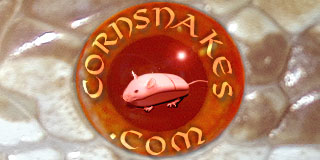wade
Save The Humans
Biology. the major subdivision of a genus or subgenus, regarded as the basic category of biological classification, composed of related individuals that resemble one another, are able to breed among themselves, but are not able to breed with members of another species.
This doesn’t clear up Rich’s question but in entomology the definition of species doesn’t say able to breed among themselves, it says that they are able to produce viable offspring. By that definition, breeding a horse to a donkey gives an unfertile mule; horses and donkeys are separate species.
In the world of taxonomy there has always been a battle between the lumpers and the splitters. One group wants to put all rat snakes under one species name and the other group wants to divide each little nuance into a separate species. This may be the cause of some of the confusion of hybridization between species. There are many instances where the geographical boundaries of two species meet and you find an intergrade hybrid representing both. Maybe we were a little overzealous when we gave them separate specific status. Maybe the are both subspecies of the same species.
